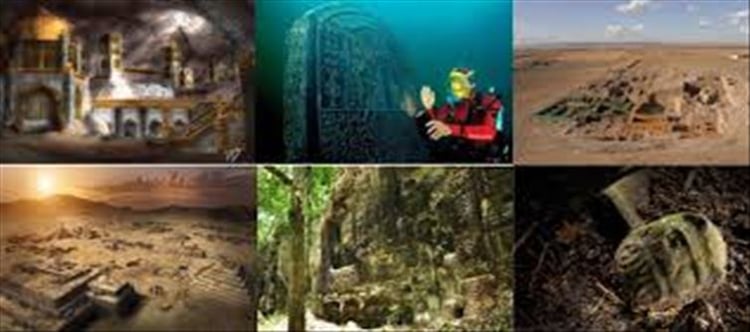
Imagining an entire city vanishing is almost inconceivable. Whether due to war, natural disasters, or the slow passage of time, some of history’s once-great cities have disappeared. From Cambodia’s Angkor Wat to Greece’s Pavlopetri and Italy’s Pompeii, here’s a look back at ten significant losses of the past century.
Dhanushkodi, India
Located at the southern tip of Rameswaram Island, Dhanushkodi was a notable tourist spot known for its unique geographical and historical importance. Often called India’s Land’s End, the town was devastated by a cyclone in 1964, which resulted in the loss of hundreds of lives and rendered the area uninhabitable. Today, Dhanushkodi is a ghost town, characterized by its abandoned buildings, sandy beaches, and the Kothandaramasamy Temple, which survived the cyclone.
Pompeii, Italy
Pompeii is one of the most renowned ancient cities due to the catastrophic event that led to its destruction. On august 24, 79 AD, Mount Vesuvius erupted violently, spewing magma for two days. The city and its residents were buried under a thick layer of ash and pumice, estimated to be up to 6 meters deep, preserving their final moments in time.
Pavlopetri, Greece
Believed to be the world's oldest submerged city, Pavlopetri existed around 5,000 years ago before being engulfed by a series of earthquakes. Located off the southern coast of Laconia, Greece, the ruins of Pavlopetri, including streets, buildings, courtyards, and tombs, are now submerged under sediment, offering a glimpse into ancient urban life.
Lion City, China
Known as Shicheng, lion City was founded during the Eastern Han Dynasty in Zhejiang Province. In 1959, the city was deliberately flooded to create Qiandao Lake. Today, this underwater city is a popular diving site where the well-preserved temples, roads, and houses can still be explored beneath the surface.
Machu Picchu, Peru
Perched 2,430 meters above the Urubamba Valley, Machu Picchu was an ancient Inca city built in the 1450s for Emperor Pachacuti. Abandoned in the 16th century following the Spanish conquest, the ruins were rediscovered in 1911 by American historian Hiram Bingham, who was searching for the legendary Vilcabamba.




 click and follow Indiaherald WhatsApp channel
click and follow Indiaherald WhatsApp channel